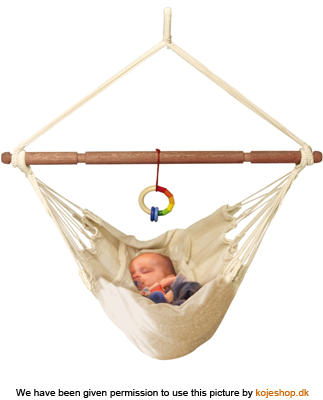Topic Introduction B: Making a plan for a stimulating environment for babies and toddlers in the Secure Base Model
“I had a kid. He was always shaking his head and licking his hand’s back. I guessed he had a mental retardation because, I had seen such children before. I used more the techniques that I learnt through this session on this kid more often and elaborately. Now, he is sitting and he does not lick his hand and swing. But sometimes, he is biting his nails. However, I will overcome this problem, too.”
Staff member’s statement
Foster parents are often not aware of how much under stimulated babies need stimulation.
This makes two things very important:
- How can you develop a generally stimulating environment, especially in the daytime?
- How can you use “mother’s tools” for stimulating babies when you don’t have time to give them as much physical contact as a normal mother will naturally do?
In the rest of this session you will get a number of suggestions for practices and for adjusting them to your workplace.
Perhaps you will need to repeat this for a number of times until you have developed a number of new practices. When you make these changes, daily life may seem a little more chaotic and difficult to structure.
SUGGESTIONS FOR IMPROVING STIMULATING ENVIRONMENTS
-
How can we create a culture where we often give the children hugs, patting them in a friendly way on the shoulder, swing them around, hold hands when we take walks, and in general have many habits that support physical closeness?
How do you make a general practice where you carry the babies often, or sit with them on the lap? What tools can make it easier for you, such as slings or light carry bags that can be strapped on the caregiver? |
 |
Make a plan for improving beds, or for replacing them with hammocks or cradles.
- A bed can be improved in several ways: by using flannel or terry cloth for sheets which improve skin stimulation (make sure that the bed does not become too warm).You may also sew and place a hammock between the two railings of the bed, so that it hangs just over the mattress and still can swing freely. Or you may drop the beds completely and use hammocks placed just above a soft mattress on the floor. Beds may also be altered so that the child can see what is going on around it when it is awake.For toddlers,you can place hammocks or swings over mattresses in the room or in the garden, and plan daily routines where the children exercise balance stimulation. When you plan this: remember that these tools should not be placed in special rooms. If you do this, the children will not use them much. They should be placed as close as possible to the place where the caregivers spend their time. How can you build or get things for the playground such as swings, roundabouts, and other balance stimulating devices?
- How can you hang interesting objects over the beds (such as mobiles), or otherwise find things that the children can look at when they are awake in their beds?
- How can you paint the walls in bright and different colours and hang up objects and pictures?
- How can you use songs and music you produce ourselves? Singing for babies and singing with children is essential for language development. Lullabies have a very soothing effect on the baby brain. Almost anything can be used to produce rhythms, such as spoons, buckets, etc.
NB: about radio and TV:
In general the sound from radio and TV is very confusing for babies: babies must learn to connect sound and movement with a person talking in order to learn language.
A radio or TV confuses the baby, because the sounds are not connected with what a caregiver is doing with the child. The noise will also make it difficult for the baby to hear and see clearly what caregivers are saying.
Radio and TV should only be used with toddlers and only for short periods. If toddlers see something, you should talk to them about what they are seeing. |
 |

 English
English







